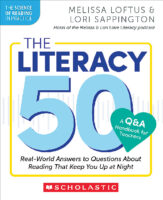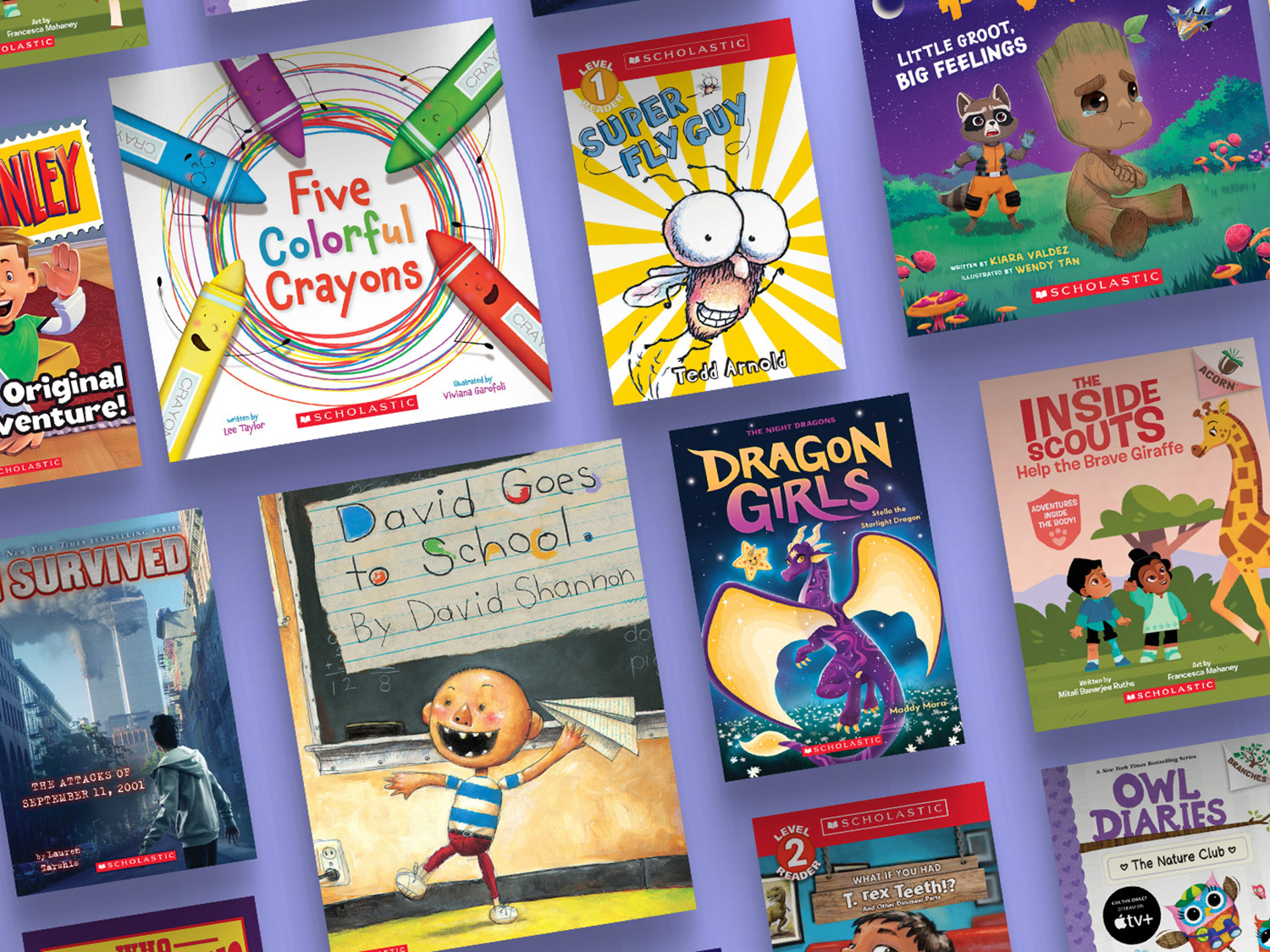Find Out Why Teachers Are Raving About The Literacy 50
This must-have handbook has the answers to all the questions that keep you up at night.
Teachers have questions, and nobody knows that better than Melissa Loftus and Lori Sappington, hosts of the popular "Melissa & Lori Love Literacy" podcast. They have assembled the questions teachers ask them most about how children learn to read-and provided solid, evidence-based answers inspired by interviews with their expert guests.
Their handy Q&A guide can be read from cover to cover, in sections, or by question, as your schedule allows. Written in a teacher-next-door style, it offers solid advice, references to reliable research, and lots of teaching ideas to put into action immediately. Turn to it as you would a trusted colleague who can answer your most pressing questions about phonemic awareness, phonics, fluency, vocabulary, and comprehension.
Understanding the science of reading just got easier and more fascinating, thanks to The Literacy 50.
To whet your appetite, check out this excerpt below about decodable texts:
What are decodable texts and how do I identify good ones?
Decodable texts provide opportunities for students to practice decoding sound-spelling patterns that have been explicitly taught. For example, after you teach a long e sound-spelling pattern (e.g., ea), you would have students read decodable texts that contain words with that pattern (e.g., seat, meal) for practice and reinforcement. In short, you give students a chance to apply what you’ve taught.
Students can read the text by directly applying phonics knowledge they have. As students repeatedly practice decoding words, they build their bank of sight words. When they read decodable texts, they improve their accuracy, fluency, comprehension, and confidence. A joyful milestone to celebrate!
There are more decodable texts available every day, and it can be daunting to know which ones are good and which ones are not.
Quality decodable texts are written according to a solid scope and sequence and capture specific phonics skills that have been introduced. For example, if students are currently learning the most common sound-spelling pattern for short u and have already learned sound-spelling patterns for short a, i, and o, the decodable book can and should contain words with the short vowels a, i, o, and u. You might see words such as hat, tad, fit, rip, hop, sob, bug, and hut. But you won’t see the words hike or cute, because those words contain sound-spelling patterns that haven’t been taught. Also, quality decodable texts contain few irregular words, or words that students cannot yet decode, such as here and said.
Decodable texts also contain vocabulary words that pack a punch. For example, students might explore multiple meanings of the word fit. Although not the main purpose, decodable texts can be used for basic comprehension when they contain cohesive storylines, facts, and/or text features.
Elise Lovejoy tells us that students should be able to decode “the majority of the words,” although there isn’t an exact percentage that makes a book decodable or not decodable. That’s not to say that students won’t make mistakes reading decodable books. Of course they will—that’s part of learning! But quality decodable texts are written for students to succeed.
What You Can Do
With quality decodable texts, you take an active role in building students’ reading skills and confidence. Take these steps:
1. Teach phonics skills explicitly and systematically.
2. Align quality decodable texts to your phonics scope and sequence.
3. Provide practice opportunities for sound-spelling patterns and high-frequency words you’ve taught, using those texts.
There are many reliable sources for quality texts, including the Reading League and the Decodable Book Alliance. Some organizations, such as Beyond Decodables, TextProject, and UFLI, offer free decodables, while others offer affordable ones for purchase, including Express Readers, Scholastic, and PhonicBooks.
Order your copy of The Literacy 50 today at The Teacher Store. And don’t forget to check out the authors’ podcast, Melissa and Lori Love Literacy, to dive deeper into the topics discussed in the book.
About the authors:
Lori Sappington is a former elementary and high school ELA teacher and district coach. She holds a BA in Elementary Education and English, an MEd with Reading Specialist certification, and an Advanced Leadership Certificate from Towson University. She’s co-host of the popular podcast “Melissa & Lori Love Literacy” with Melissa Loftus.
Melissa Loftus is a former middle school ELA teacher and district coach. She holds a BA in Education and English, an MEd with Reading Specialist certification, and is National Board-Certified. She’s co-host of the popular podcast “Melissa & Lori Love Literacy” with Lori Sappington.




